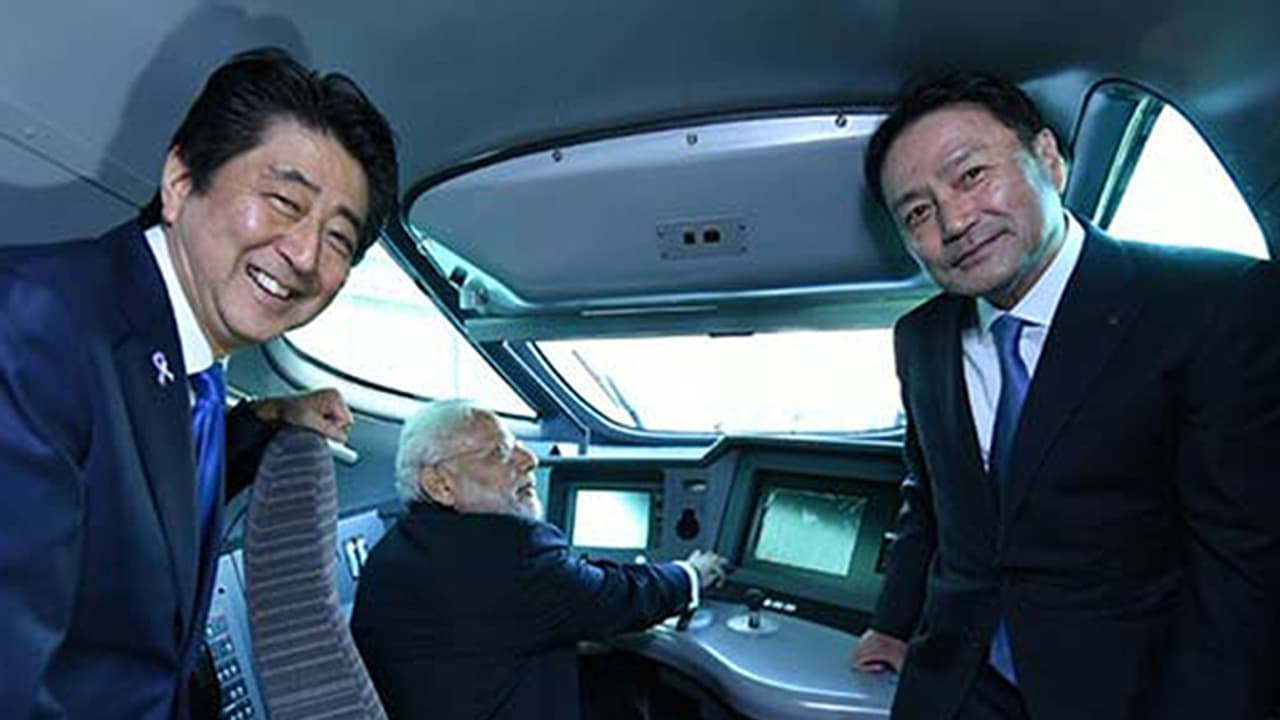The estimated cost of the 508 km project is calculated to be Rs 1,08,000 crore The train will have the capacity to accommodate 750 people The distance between the two cities can be covered in 3 hours, instead of 7 hours
Visiting Japanese Prime Minister Shinzo Abe and PM Narendra Modi jointly launched the work on India's first bullet train at Gujarat's Ahmedabad this morning. Scheduled to be a 508 km high-speed rail link between Mumbai and Ahmedabad, this project is seen as the PM's centrepiece to demonstrate India's capacity in building high-tech projects.

The project also signals the growing closeness between Japan and India, amid the threats posed by China. The bullet train is expected to begin operating in 2022. However, reports suggest that the PM wants it to begin a year ahead.
Here are a few things that you need to know about the first major initiative by the Indian government in making India superfast:
- The estimated cost of the 508 km project is calculated to be Rs 1,08,000 crore
- The train will have the capacity to accomodate 750 people
- It will have a dozen halts.
- The distance between the two cities can be covered in 3 hours, instead of 7 hours
- A Special Purpose Vehicle to be set up for the construction of the project will have a share capital of Rs 20,000 crore,of which Maharashtra’s share will be Rs 5,000 crore.
- Out of the 21-km-long tunnel dug between Boisar and BKC in Mumbai, seven km will be under the sea.
- 50.31 hectares of land at BKC has already been allotted by the Maharashtra Government.
- The Japanese government is likely to give a loan of 50 years at an interest rate of 0.1% for the project.
- The project involves a share component of 50 per cent by the Railways and 25 per cent each by Maharashtra and Gujarat.
- Plans have been made to upgrade it to a 16-car engine bullet train in future.
- Close to 120 lakh cubic meter concrete is required, apart from 55 lakh metric ton cement. This project is likely to
- generate about 16000 indirect employment opportunity. 20,000 construction workers will also be hired.
- The technology that will be applied for its construction is called the Shinkansen technology, which is known for its
- reliability and safety with 50-year proven track record.
- The High Speed Rail training Institute at Vadodara is likely to train 4,000 staff for operations and maintenance.
- The 12 station stops proposed for the project are Bbandra, Kurla, Thane, Virar, Boisar, Vapi, Bilimora, Surat, Bharuch, Vadodara, Anand, Ahmedabad and Surat.
